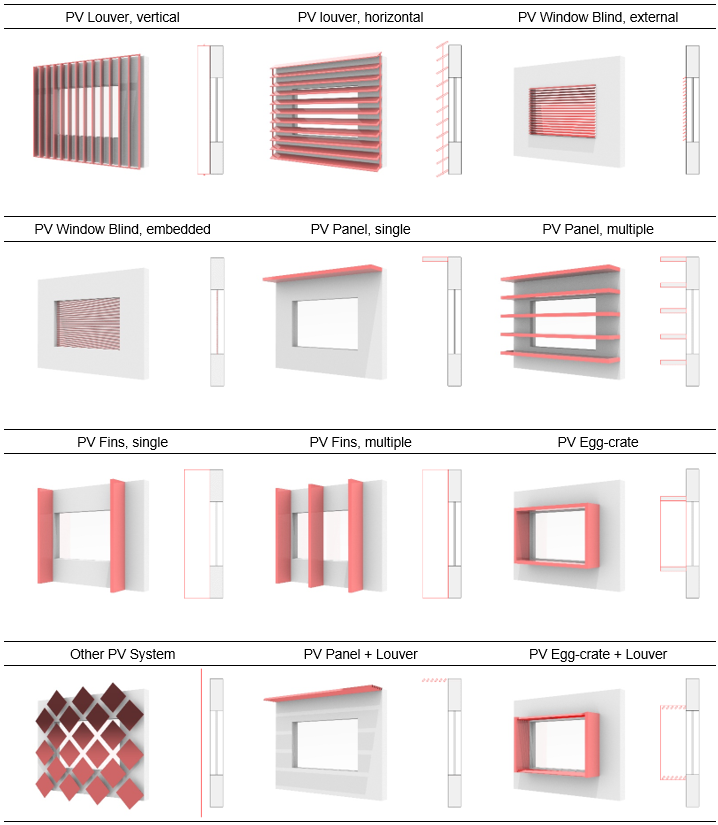September 25th 2023

Representation of photovoltaic shading devices. Source: SUPSI.
The building sector contributes to 40% of the total final energy consumption and 36% of CO2 emissions in Europe, and these are set to increase in the coming years. International directives are pushing towards a decarbonisation roadmap to improve the quality of cities and the health of citizens. Buildings have a potentially central role in terms of energy transition as a means to produce and save energy. Photovoltaic shading devices (PVSDs) protect buildings from direct solar radiation and overheating while producing renewable electricity onsite and increasing the users’ thermal comfort.
Even though the potential of the PVSD is considerable, the sector is still unexplored, and few studies on the topic are available in the literature. This systematic review aims to present an exhaustive overview of the current literature on state-of-the-art PVSDs by analyzing the scientific framework in terms of the status of the research. It presents a performance-based approach focusing on innovative products, PVSD design strategies, and energetic performance in distinct climate conditions and configurations. In particular, 75 articles and about 250 keywords were identified, selected, and analysed. The literature review serves as a basis for further R&D activities led by both the industrial
and the academic sectors.
Keywords: building integrated photovoltaic (BIPV); photovoltaic shading device (PVSD); literature review.
The full paper is available for download in the “See also” column. It’s also accessible on Energies, a peer-reviewed, open access journal of related scientific research, technology development, engineering policy, and management studies related to the general field of energy, from technologies of energy supply, conversion, dispatch, and final use to the physical and chemical processes behind such technologies. Energies is published semimonthly online by MDPI.

